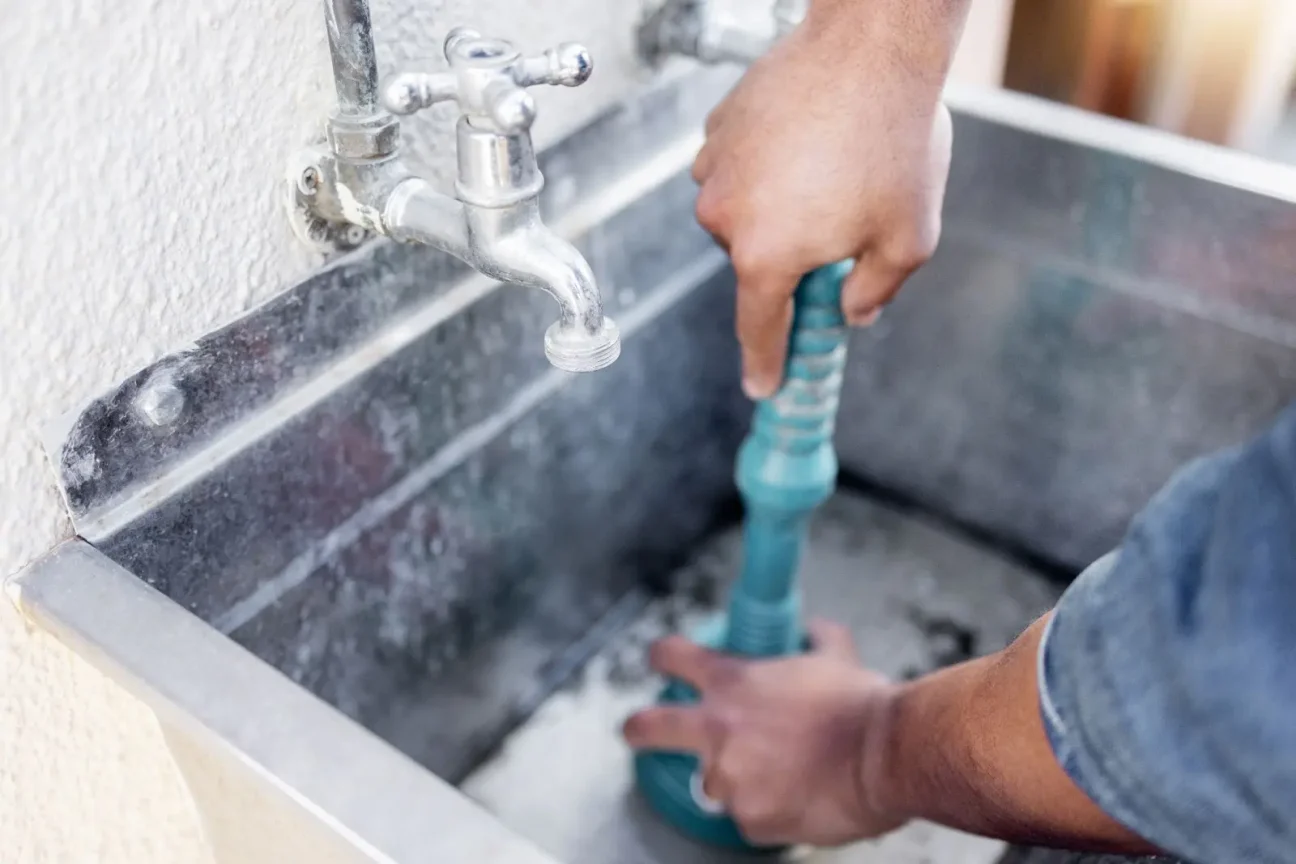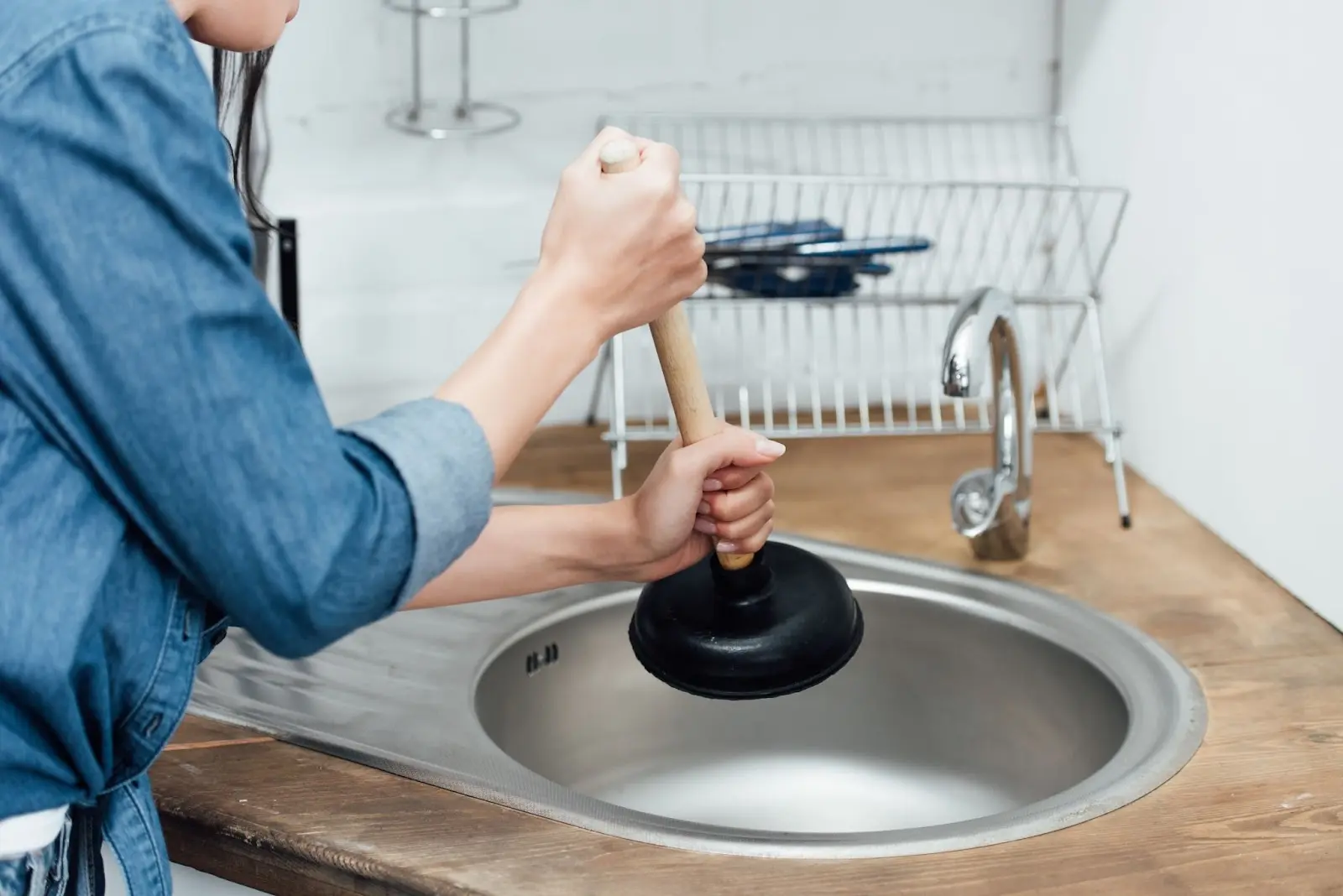
A clogged drainage system can be one of the most frustrating and inconvenient household problems. Whether it’s a slow-draining sink or a completely blocked pipe, dealing with clogs can disrupt your daily routine. However, with some basic knowledge and regular maintenance, you can keep your home’s drainage system running smoothly. In this guide, we’ll cover everything you need to know about unclogging and maintaining your drains.
Before diving into the unclogging and maintenance processes, it’s important to understand how your home’s drainage system works. Knowing the basics can help you identify problems early and choose the right solutions.
Your home’s drainage system is designed to carry wastewater away from sinks, toilets, showers, and appliances. It consists of a network of pipes that lead to a main sewer line or a septic tank. Key components include:
Understanding these components can help you troubleshoot issues and perform basic maintenance.
Clogs can occur in any part of the drainage system but are most common in sinks, showers, and toilets. Here are some effective methods to unclog your drains.
The first step in unclogging a drain is to identify the cause of the blockage. Common causes include: Hair and soap scum in bathroom drains, food particles and grease in kitchen sinks, foreign objects in toilets.
A drain snake, or auger, is a flexible tool that can reach deep into pipes to remove clogs. To use a drain snake:
Chemical drain cleaners can effectively dissolve clogs, but they should be used sparingly due to their harsh nature. Follow these steps:
It is imperative not to use chemical cleaners on completely blocked drains, as they can worsen the problem or damage pipes.

Regular maintenance can prevent clogs and prolong the life of your drainage system. Here are some tips to keep your drains in top shape.
Drain covers are simple devices that catch hair, food particles, and other debris before they enter your pipes. Use them in sinks, showers, and tubs to reduce the risk of clogs.
Grease can solidify in pipes and cause blockages. Instead of pouring it down the drain, collect grease in a container and dispose of it in the trash.
Running hot water through your drains helps dissolve grease and soap scum that can accumulate over time. Do this once a week to keep your pipes clear.
Baking soda and vinegar create a natural cleaning solution that can help maintain drains. To use this method, pour half a cup of baking soda into the drain. Follow with half a cup of vinegar, and let the mixture sit for 15-30 minutes. Lastly, flush the drain with hot water.
Regularly check and clean the traps and vents in your drainage system. Clogged vents can cause slow draining and unpleasant odors, while dirty traps can lead to blockages.
Annual inspections by a professional plumber can help identify potential issues before they become major problems.
Clogs in your home’s drainage system can be a major inconvenience, but with the right tools and techniques, you can handle most minor blockages yourself. Regular maintenance, such as using drain covers, avoiding grease disposal in sinks, and running hot water, can prevent many common issues. With these steps, you can keep your drainage system functioning efficiently and avoid the stress of unexpected plumbing problems.
For more persistent clogs or professional inspections, Kaminskiy Care and Repair is just a call away, providing professional assistance to ensure your plumbing system remains in optimal condition. Contact us today.